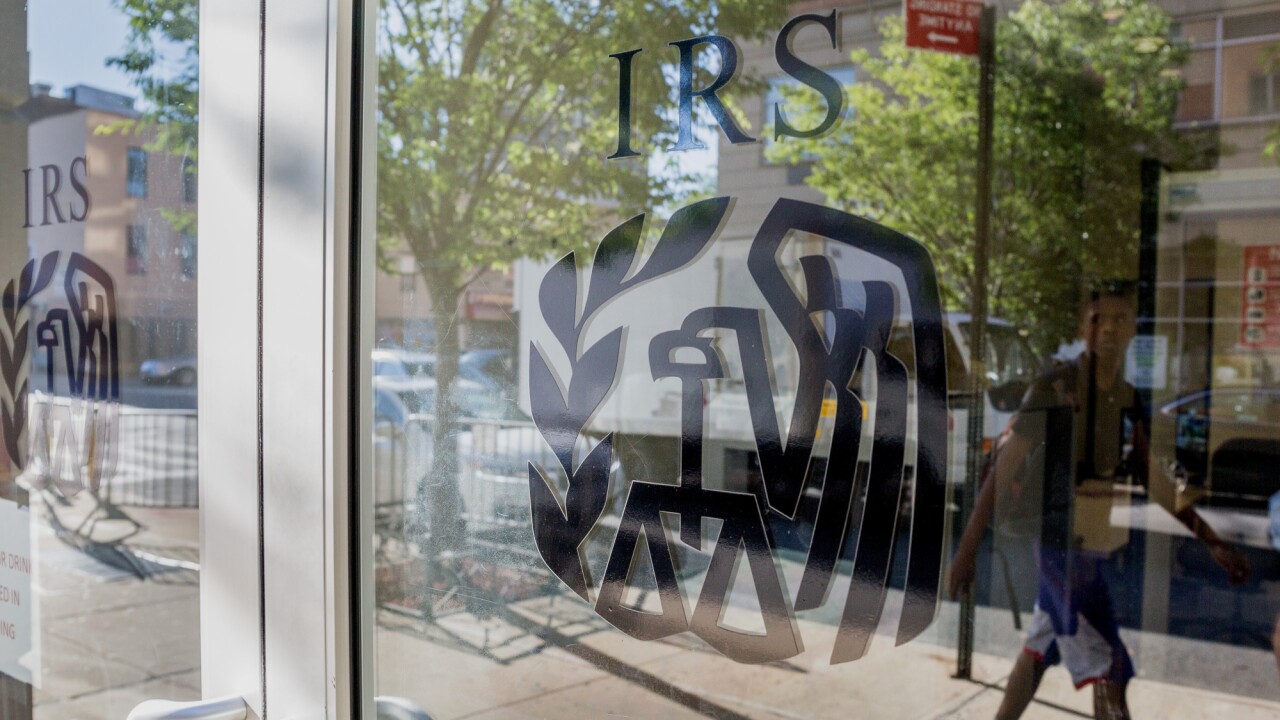In today's accounting profession, where talent shortages and remote work have reshaped recruiting, companies in many sectors are increasingly turning to artificial intelligence to streamline hiring. From resume screening to video interview analysis, Artificial Intelligence promises faster, more objective decisions. However, while AI can help reduce human bias, it can also reinforce it—quietly, systematically and at scale.
As firms seek to build more diverse, high-performing teams, understanding how algorithmic bias works—and how to mitigate is no longer optional. It's a strategic imperative.
The promise of AI in hiring: efficiency and objectivity
AI tools are designed to process large volumes of data quickly and consistently. In hiring, this means scanning thousands of resumes, identifying patterns, and ranking candidates based on predefined criteria. Done well, this can eliminate subjective judgments, reduce affinity bias (favoring candidates similar to oneself), and surface qualified applicants who might otherwise be overlooked.
For accounting firms, where precision and compliance matter, AI can also help flag inconsistencies, verify credentials, and even detect fraudulent applications—a growing concern in remote hiring environments. Some platforms now use behavioral analysis and digital footprint verification to identify "deepfake" candidates or resume padding.
The pitfall of historical data: bias in, bias out
But here's the catch: AI learns from historical data. If past hiring decisions were bias or faulty demographics—those patterns can be baked into the algorithm. The result? A system that appears neutral but replicates the very inequities it was meant to solve.
For example, if an AI model is trained on resumes from previously hired accountants, and those hires skew toward a narrow demographic, the algorithm may rank similar candidates higher—while filtering out equally qualified applicants from underrepresented groups.
Even seemingly neutral criteria, such as "years of experience" or "communication style," can carry hidden bias. Video interview tools that analyze tone, facial expressions or speech patterns may disadvantage neurodiverse candidates or those from different cultural backgrounds.
The risk: false positives and missed talent
Beyond bias, AI can also misfire in identifying fake candidates. While tools that detect resume fraud or impersonation are valuable, they're fallible. Overreliance on automated screening can lead to false positives—flagging legitimate applicants as suspicious—or false negatives, where sophisticated fraud slips through.
In accounting, where trust and credentials are paramount, this creates a dilemma: How do firms balance automation with human judgment? How do they ensure that technology enhances—not to replace the nuanced evaluation of character, integrity, and fitness?
Four opportunities for smarter, fairer hiring
Despite these challenges, AI can be a powerful ally—if used thoughtfully. Despite the challenges that come with integrating artificial intelligence into hiring practices, AI can be a powerful ally when deployed with care and intention. Firms looking to harness its potential while minimizing risk can take several strategic steps, including taking advantage of the following four opportunities:
Audit the algorithm. Partner with vendors who are transparent about how their models are trained and tested. Ask pointed questions about how bias is mitigated and whether the tool has been validated across diverse populations. This kind of scrutiny helps ensure the technology aligns with your values and goals.
Use AI as a filter—not a gatekeeper. AI can be incredibly useful for initial screening, helping to surface patterns and highlight potential candidates. However, final decisions should always involve human judgment. Combining data-driven insights with contextual understanding ensures a more equitable and informed process.
Diversify the data. Models should be trained on inclusive datasets that reflect a broad spectrum of backgrounds, experiences and success profiles. Doing so helps prevent skewed outcomes and supports more representative hiring.
Monitor outcomes continuously. Keep track of who gets hired, who gets filtered out, and why. Look for patterns that may indicate bias or unintended consequences and be prepared to adjust your approach accordingly.
Finally, educate your team. Hiring managers and decision-makers must understand both the strengths and limitations of AI tools. Encourage ongoing learning, critical thinking and open feedback loops to ensure the technology is used responsibly and effectively.
Optimizing hiring technology with intention and human interaction
AI is not a silver bullet—but it's also not the enemy. In the accounting profession, where accuracy and ethics are foundational, we must approach hiring technology with the same rigor we apply to audits and advisory work.
By combining AI's efficiency with human empathy and oversight, firms can build teams that are not only technically strong, but diverse, resilient and future-ready.
The goal isn't just to hire faster—it's to hire better. And that starts with understanding the algorithms we trust to make decisions on our behalf.




